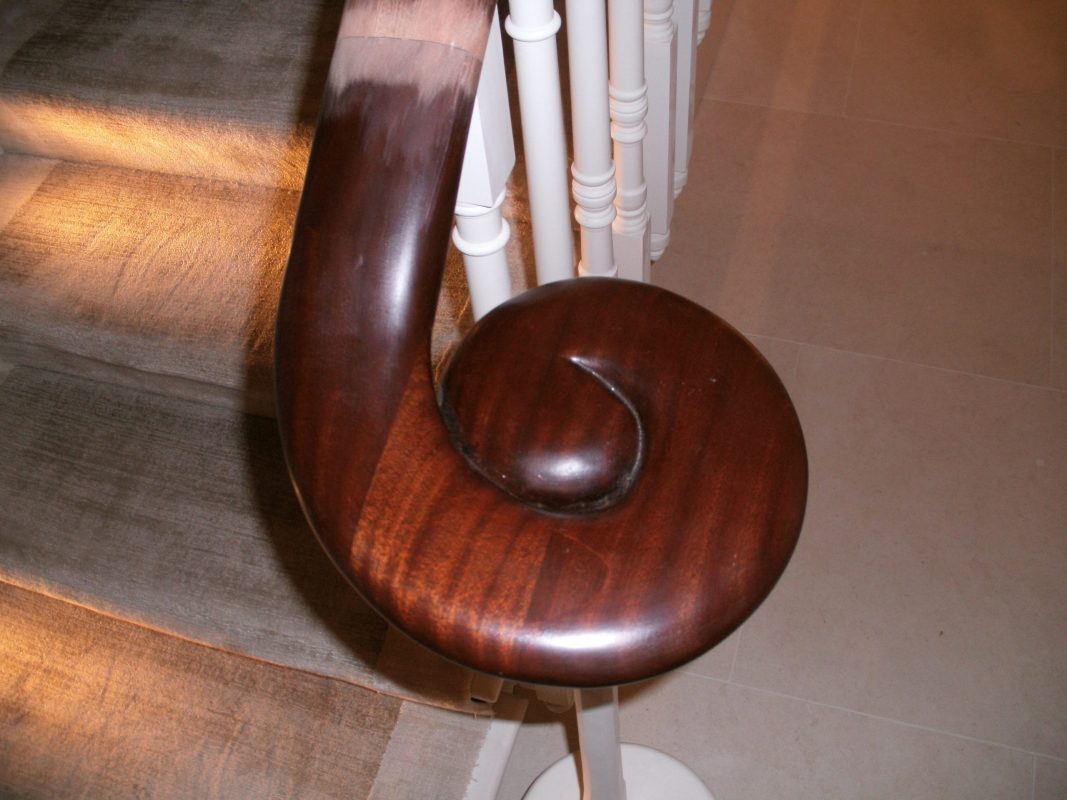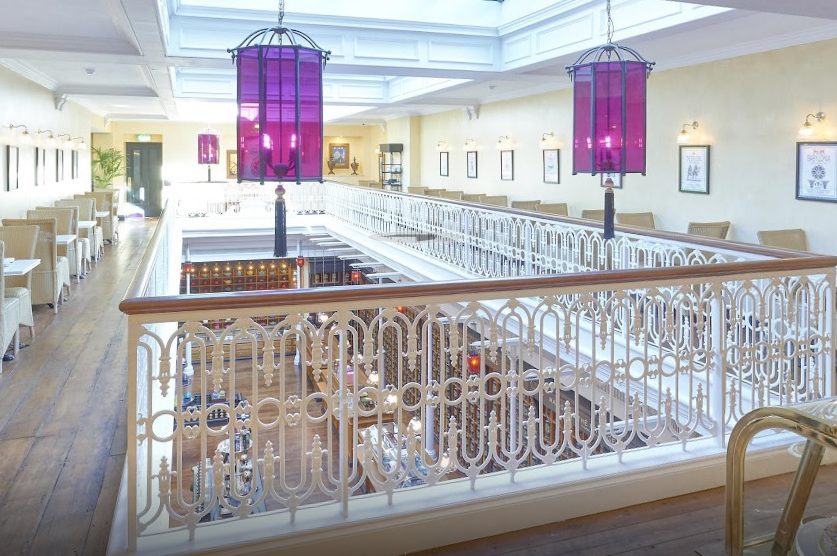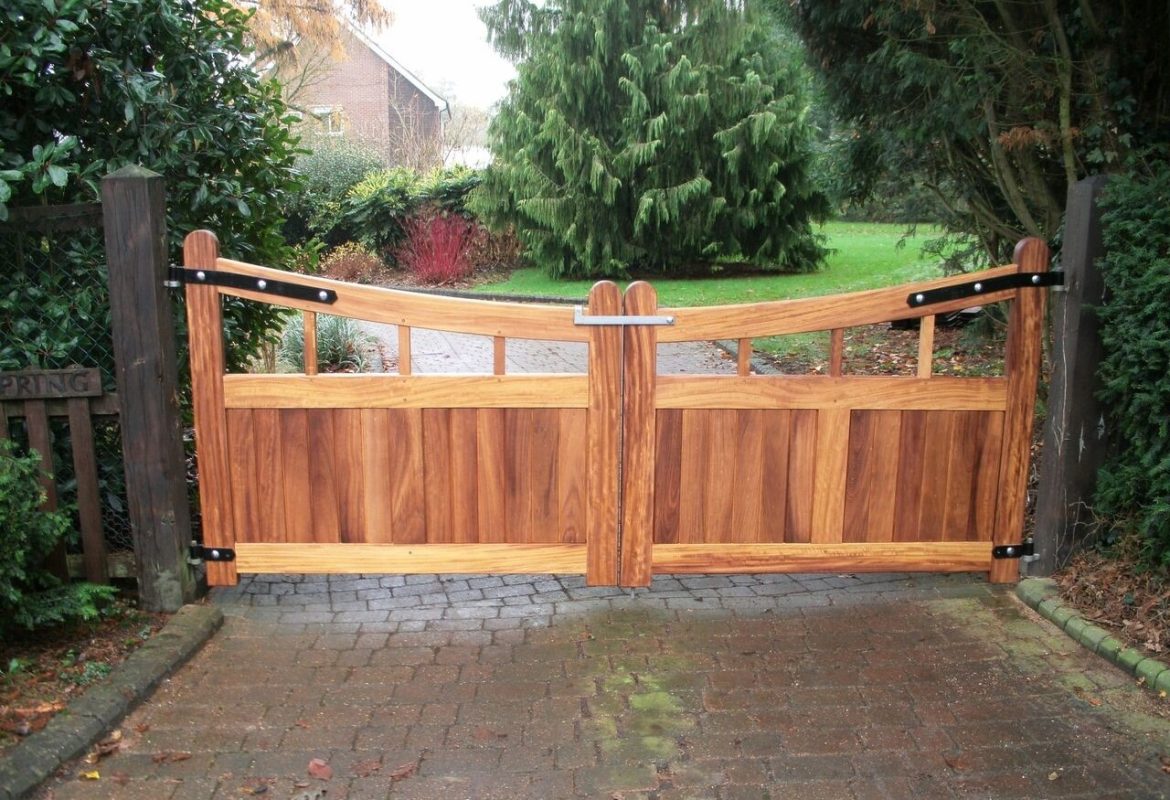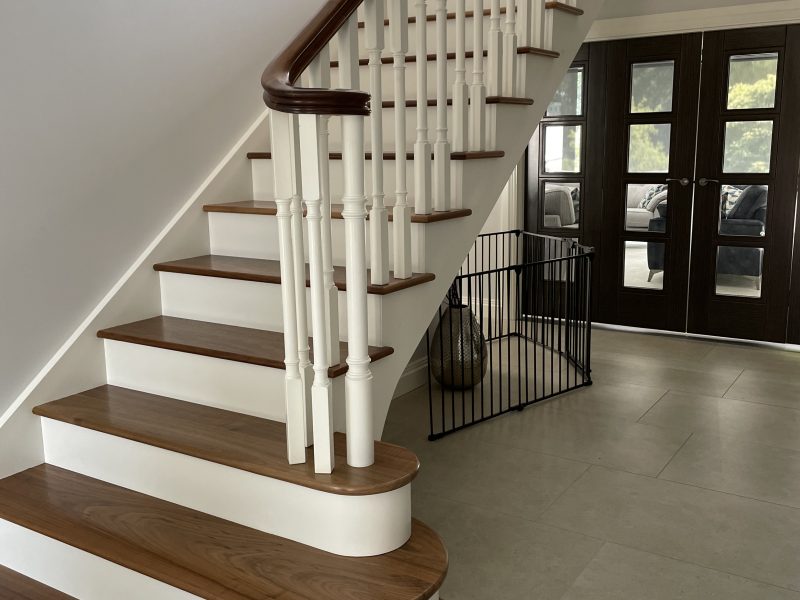What Is Joinery?

Joinery is the process of sculpting timber into wooden features through cutting, fitting and joining. Timber is one of the oldest building materials in the world, and despite the various alternatives that have since been developed, is still used in every building. Sustainably sourced and easily sculpted, wood is a readily available source in most parts of the world and comes in an array of different styles, from grand staircases to window frames. But how does it get from the trunk of a tree to our living spaces?
Joinery is the practice of shaping and joining wooden features. Usually done in a workshop, it requires skilled hands to ensure it comes together without any snags or misalignments. With a variety of different joints and components available, each project is different and has its own unique requirements for its joinery. Read on to find out more about what puts together the furniture and home features we rely on.

Materials & Components
As opposed to carpentry, which is the general craft of woodworking, joinery defines specialist terms for craftspeople who work on intricate wood-based features. Due to the heavy machinery and delicate nature of the job, this work will typically be done in a workshop whilst carpenters specialise in lighter tools for large, on-site timber construction. Generally speaking – A joiner makes the wood product, and then a carpenter fixes it to the property.
Whilst timber is the primary material, other materials are often included in the joinery process. Certain glues are ideal for enhancing the durability of the final product, and nails and screws all have their part to play. Also used frequently to reinforce the joinery are dowels, which are small rods that can align and strengthen a joint by pinning components together.
There are many different forms of joints, some of which are easy and simple, while others are more complicated but reliable. Some joints, such as butt joints, will often require a dowel or some similar form of component to hold the wood in place, whereas a more intricate design, like a dovetail joint, can be locked together with nothing more than a little glue. A key factor which determines the necessary joint is the required strength of the joinery – Does it need to be sturdy enough to hold considerable weight without breaking (e.g. staircases, house beams etc.)? There are also aesthetics to consider, as many joints will be visible in the product and need to compliment the look of the piece.

Properties Of Wood
Joinery is a craft that requires years of experience to master, as wood is a particularly unusual building material compared to others, such as concrete or metal. Its anisotropic nature means the properties vary along its different dimensions. The run of the grain (how the wood fibre textures align) plays a huge role in the strength of a joint, and boards glued together with grains running perpendicular to each other will result in split boards. This is because timber naturally expands and contracts across the grain in response to temperature shifts, and the unequal expansion forces the joinery against itself, creating stress and cracks.
Wood handles stress better when it is along the length of the grain rather than across it. For this reason, load-bearing timber will always be built to balance the stress of variable weight along the grain, thus improving the durability of the joinery. Refining the wood to reduce the expansion as a result of humid environments begins with the lumbering process, with quarter-sawn or rift-sawn lumber providing consistent grain patterns that are less reactive. Experienced joiners will also take into account the type of wood when working, as they all have their own responsiveness to the climate.

What Joinery Can Do For You
Timber offers a timeless option for all construction projects, big or small. Thanks to tested engineering developments, modern joinery can create features that match the durability and strength of other materials whilst providing a natural, traditional beauty that can’t be fully replicated. Fully sustainable and recyclable, timber also stores carbon efficiently, which reduces the carbon in the atmosphere and helps protect the planet.
When precisely joined and well-fitted, wood also makes for a great insulator and can help keep your space warm and cosy throughout the winter months. Experienced joiners can expertly sculpt any timber feature to be bespoke to your vision and enhance your home’s style. Once your joinery design is perfected in a workshop, it can be installed in a straightforward manner onsite without excessive mess or huge teams of workers.
Joinery Prices
Want to find out more about how joinery works? Our team is more than happy to answer your questions. Give us a call on 01787 224 332, or get in touch with our online contact form. We look forward to hearing from you!



